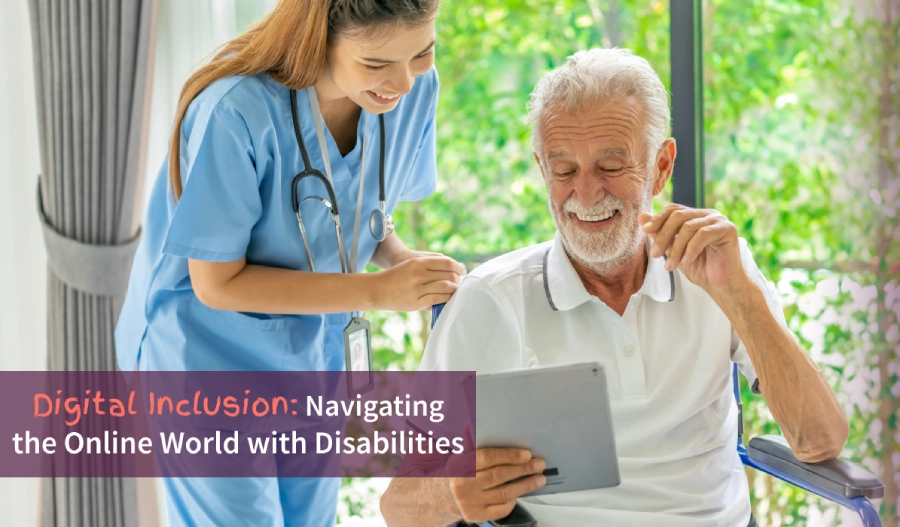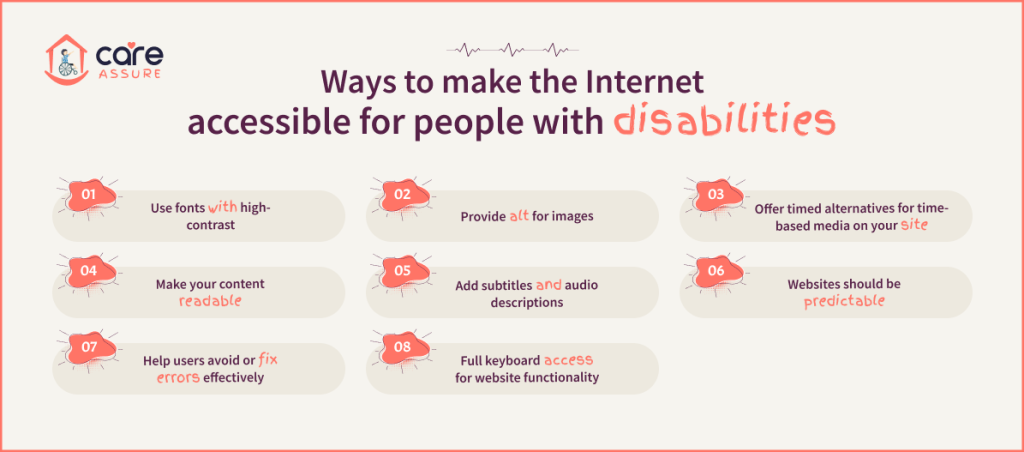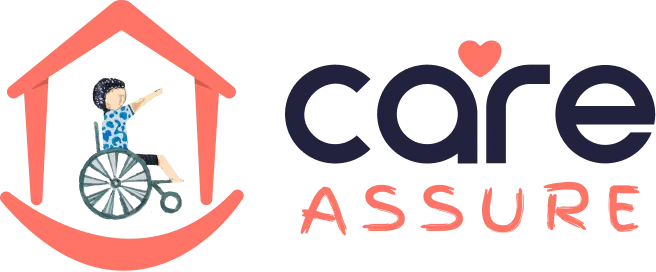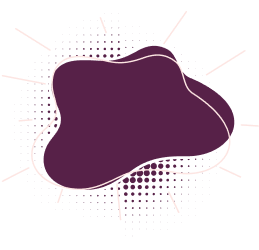
Connecting to the Internet has evolved into an indispensable tool for performing day-to-day activities. These activities include working, gaining access to information, maintaining relationships with friends and family, boosting productivity, achieving self-empowerment, and obtaining fundamental services.
A nationwide digital accessibility can improve a person's well-being, society, and livelihood. Internet access to everyone ensures the right and the ability to access fundamental human services, such as medical care, chances for economic and personal growth, the development of skills, and educational opportunities.
Providing accessible online experiences for individuals with disabilities begins with creating a website everyone can use. Here are some ways to make websites more accessible for people with disabilities to use and enjoy. Using these tips, websites can be more open and usable for everyone. Let’s start with digital inclusion and how it can help NDIS participants.
What is digital inclusion?
Digital inclusion refers to the process by which all individuals, regardless of their age, gender, ethnicity, nationality, mobility, physical and cognitive abilities, cultural and socio-economic backgrounds, and so on, have access to and make use of information and communication technologies (ICTs), such as the Internet and its infrastructure, hardware, software, and training in digital literacy. Everyone, especially historically excluded or disadvantaged, can benefit from technology and inclusivity since it gives them access to the skills necessary to participate fully in the digital world.
Ways to make the Internet accessible for people with disabilities
Individuals with disabilities use a wide variety of devices and software programs to access the Internet. Screen readers, voice recognition software, large trackpads, and voice input systems are some examples. Additionally, many web browsers come equipped with built-in accessibility features. These features include text-to-speech, magnification, and colour contrast, supporting online resources for individuals with disabilities accessing specific websites. Here are ways to make the Internet accessible for all.

1. Use fonts with high-contrast
According to the research published by WebAIM Million, more than 85 per cent of the websites examined in February 2019 and 2020 had texted with low contrast. It makes sense, from a design and nationwide digital accessibility point of view, to use text that is brightly coloured to bring attention to headings or links. Additionally, this practice typically makes the information easier to read. Note, however, that the contrast between the backdrop and the text should be considered. Those with impaired vision will likely be unable to read a heading that is light in colour and placed on a white backdrop. This is also true for written words that are on images. Be sure that even if a piece of text is superimposed over or included within a picture, it can still be easily distinguished from the image that serves as the background. An image or scenario not adequately analysed in terms of contrast will frequently include words that blend in with it.
2. Provide alt for images
This makes it easier to modify non-textual information, often through assistive technology, to meet the requirements of users with disabilities. These preferences may include braille, voice, large print, symbols, and language that is easier to understand, ensuring accessible online experiences.
3. Offer timed alternatives for time-based media on your site
For instance, you could give consumers a text version that delivers information equal to an audio file that plays automatically. The users should be allowed to extend the period granted to them or turn off time constraints before they are encountered.
4. Make your content readable
Everyone, especially highly educated individuals who have specialised knowledge of a specific area, can benefit from writing that is clear and has a straightforward style. Even though your target audience is specialised, you may need to offer supplementary content for individuals with disabilities that hinder their reading ability.
5. Add subtitles and audio descriptions
Individuals who are dumb or deaf can view audiovisual content through the use of captions. If you want an instant feel of consuming this kind of content with a hearing impairment, you may try watching a video or sitting in on a Zoom conference with the sound turned off on your computer. Podcasts, for instance, are not accessible to individuals with hearing impairments unless there is a text-based transcript or some other captioning option available.
Access to audiovisual content is made possible for individuals who are blind or have low eyesight through the use of audio descriptions. Individuals who have these kinds of difficulties are unable to access any information that is communicated visually in a video, including text, live-action, and animation. Alternatively, you may watch a video with the screen turned off so that you can only hear what is happening. When you watch it again with the screen turned on, you will realise how much information you may have overlooked the first time. Individuals who cannot see what is displayed on the screen can benefit from using audio describers.
6. Websites should be predictable
For instance, navigational elements displayed throughout the website should always have the same appearance. All websites should have consistent functionality across all similar design elements.
7. Help users avoid or fix errors effectively
If the website you are responsible for is responsible for legal commitments or financial transactions, you should ensure that form inputs can be reversed, that they can be changed, and that they can be reviewed before users submit their final response.
8. Full keyboard access for website functionality
Everything should be able to be operated differently using an interface with a keyboard. It is important to note that this should not prevent or discourage using a mouse or other techniques alternative to a keyboard.
Conclusion
There is a moral and ethical dilemma surrounding the question of inclusion. The unpleasant reality that people with disabilities and reading difficulties are frequently prevented from accessing content as a result of poor optimisation is a violation. It is the obligation of everybody who works in a digital environment to consider the requirements of each of this environment's users. You can also use the resources in this guide for additional assistance in achieving your goals. By taking a comprehensive approach to nationwide digital accessibility and leveraging technology and inclusivity, millions of individuals can utilise and enjoy platforms.
Care Assure is an NDIS-registered provider in Australia. We ensure our participants have access to online resources for individuals with disabilities and help them navigate the online world. With Care Assure, there is no limitation to things you can do as a person with disabilities. Do not let your disability hinder your goals; get started with a provider that ensures inclusion in everything you do.
With Care Assure, you can do everything you put your mind on!!!
Frequently Asked Questions
Why is it important for people with disabilities to be able to use the Internet?
Digital inclusion is very important for people with disabilities because it lets them access knowledge, talk to others, do social things, look for work, and use essential services without help. Without digital inclusion, disabled people may face problems that make it hard for them to participate fully in society and business.
What are some examples of things that make it hard for disabled people to use technology?
Barriers to digital accessibility can include websites that are hard to use, images that don't have alt text, videos that don't have captions or audio descriptions, websites with low colour contrast, navigation that is hard to understand, and forms or papers that can't be filled out or saved. Because of these problems, people with disabilities may not be able to view or interact with digital content at all.
How can people with disabilities be included in the modern world?
People with disabilities can be included in the digital world in several ways, such as by making sure that digital technologies are accessible from the start, giving them access to assistive technologies and adaptive strategies, teaching them how to use accessible technologies and giving them support, and raising awareness and understanding of digital accessibility issues.
Which technologies do many disabled people use to view digital content?
Screen readers, screen magnifiers, speech recognition software, alternative keyboards and mice, refreshable braille displays, and voice recognition software are all common tools disabled people use to help them. These technologies make it easier for disabled people to navigate and interact with the digital world.
What can companies and organisations do to help people with disabilities use technology?
Businesses and organisations can more effectively include people with disabilities online by following best practices for accessibility in their digital products and services, giving their employees training and resources on digital accessibility, conducting accessibility audits and assessments of their digital properties, and including people with disabilities in the design and testing of digital products and services.








